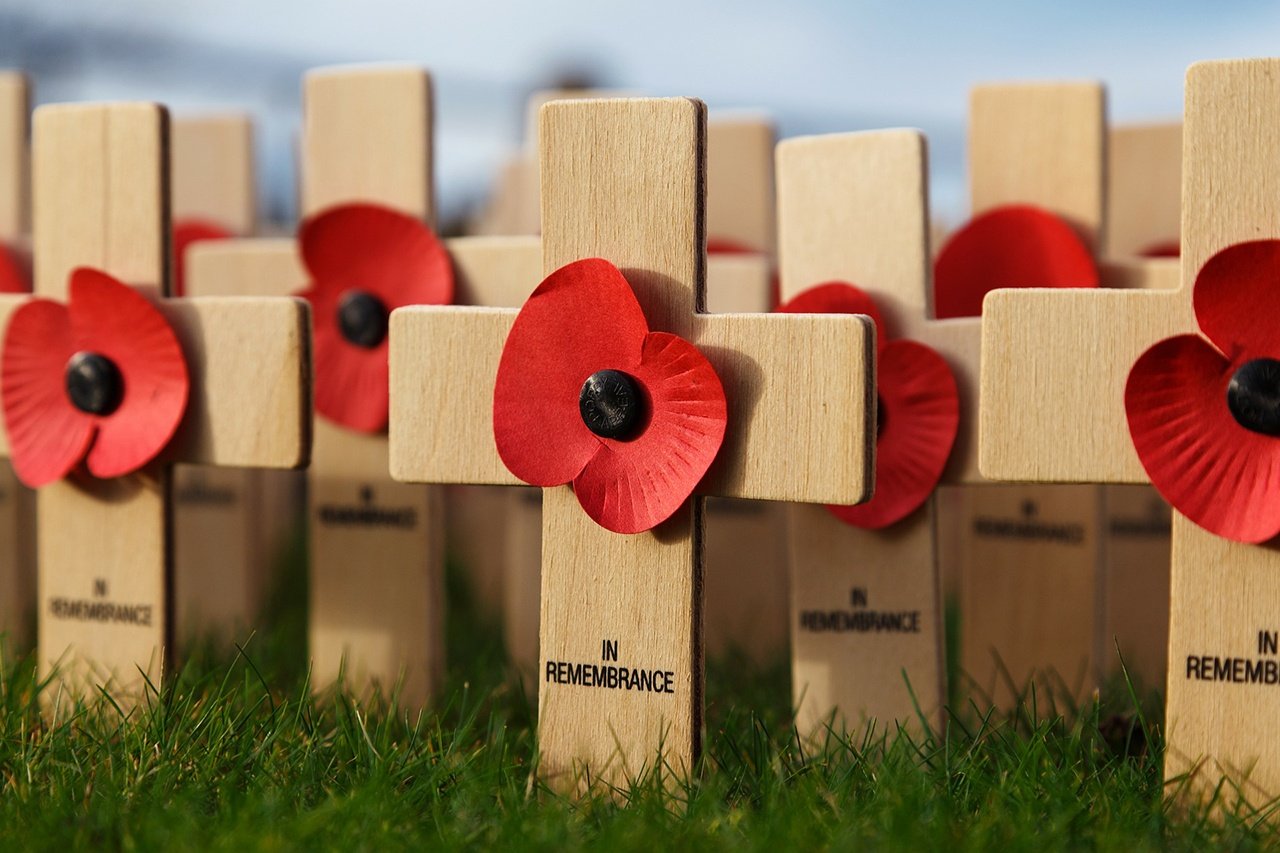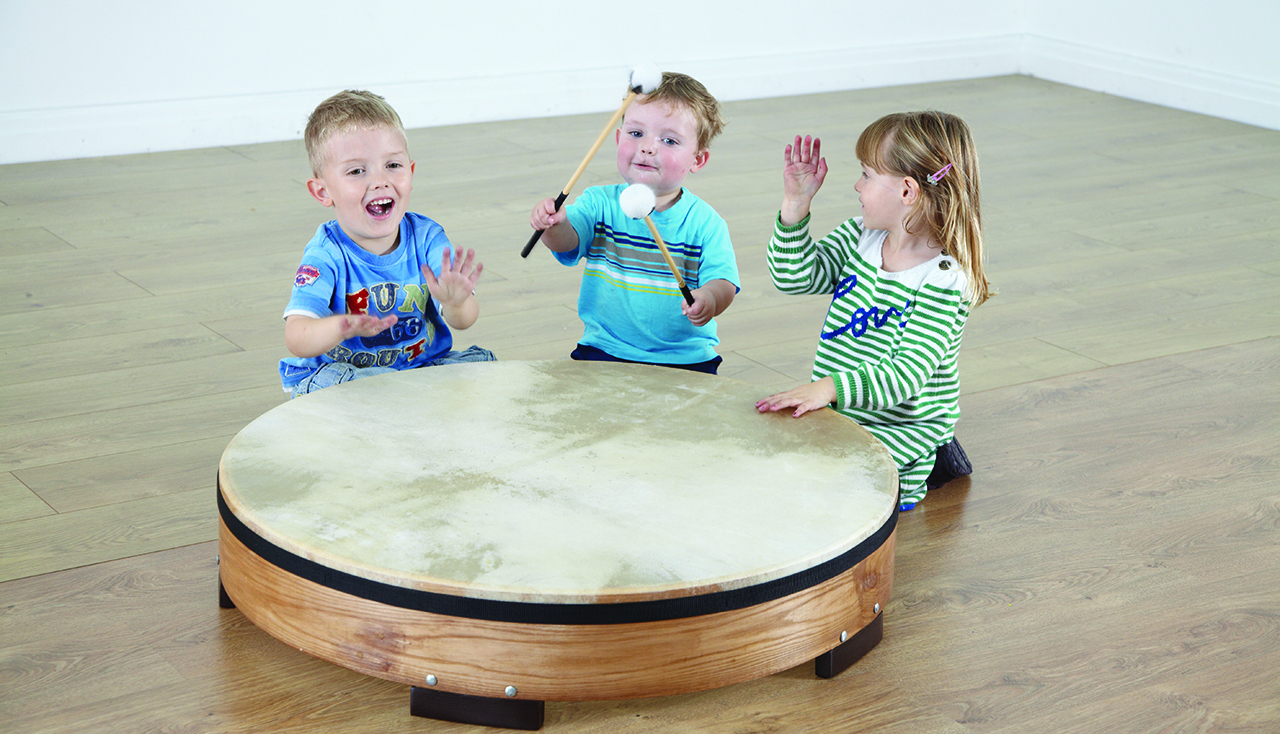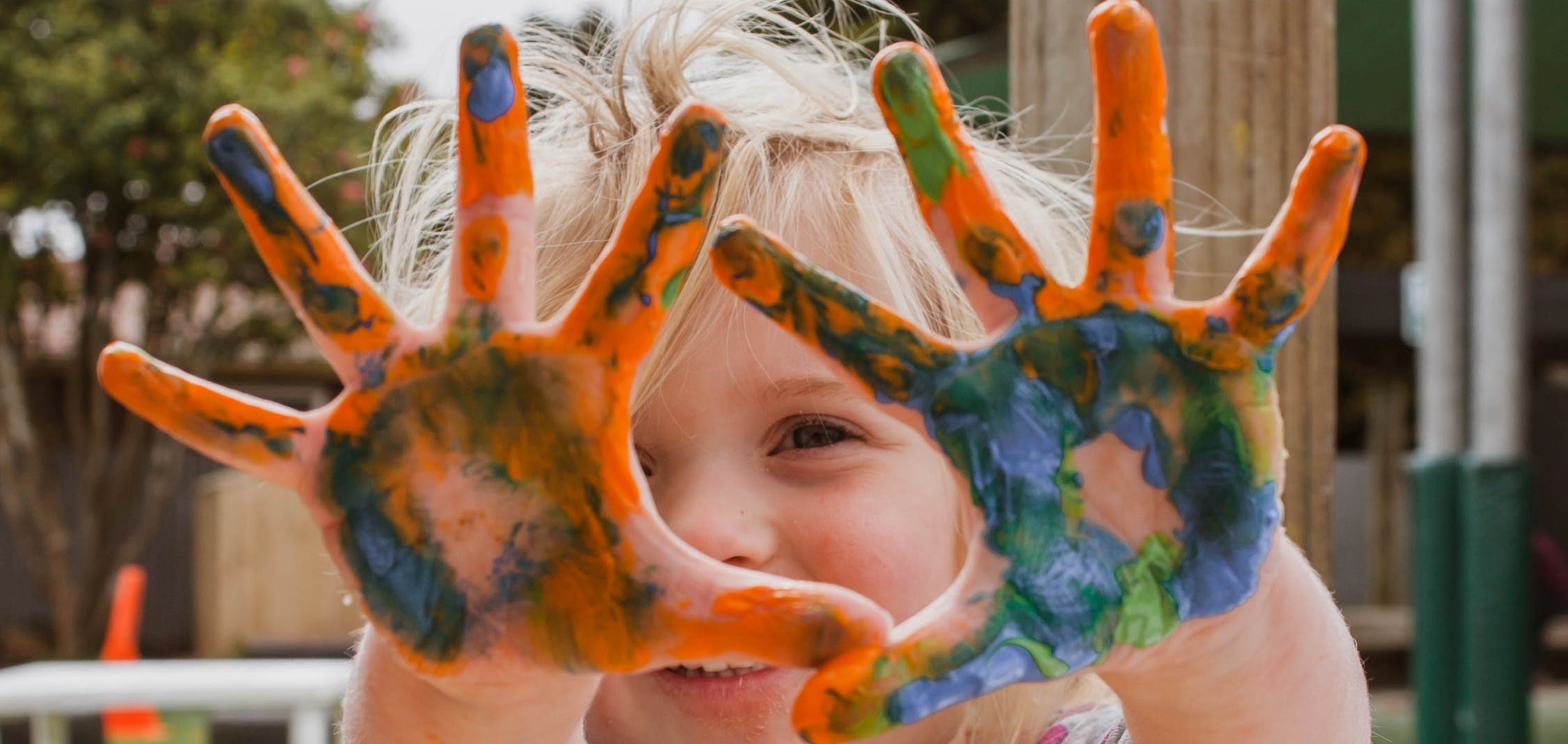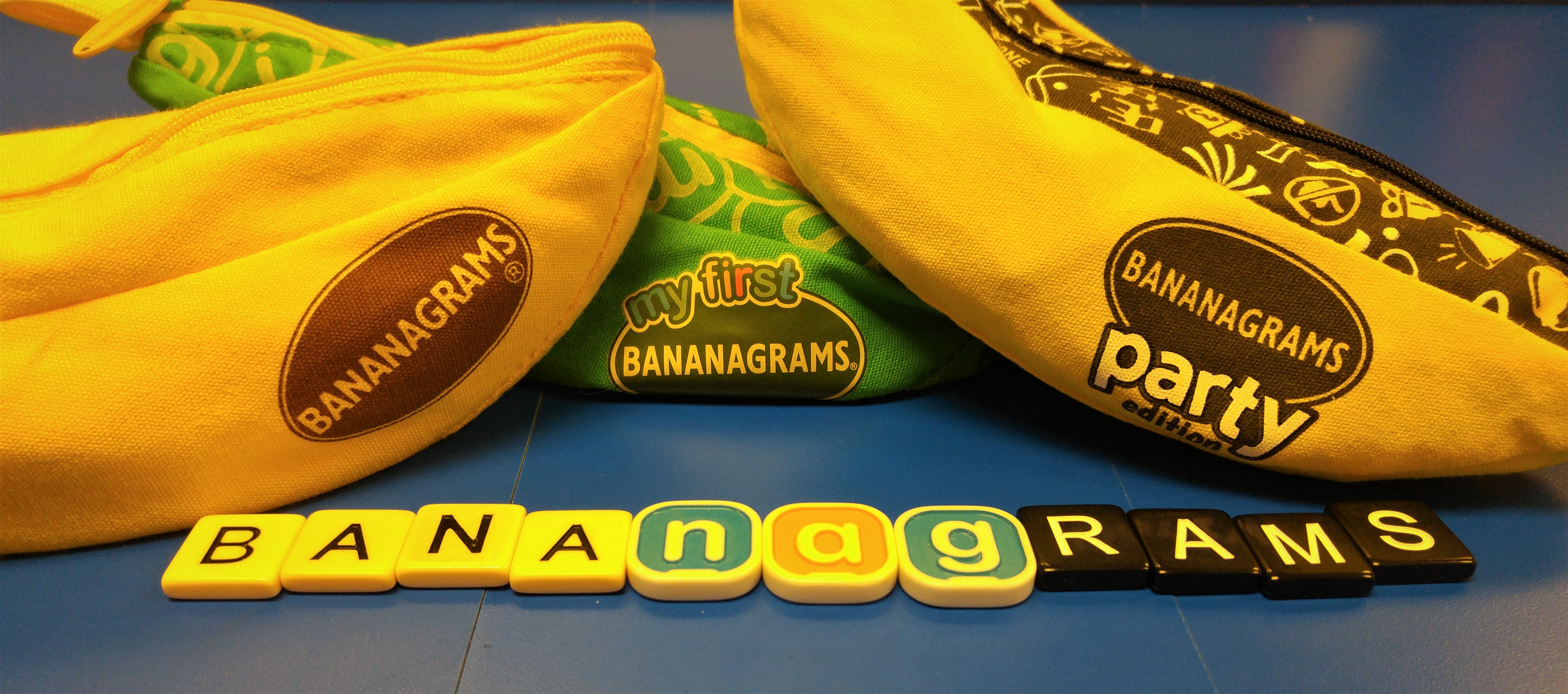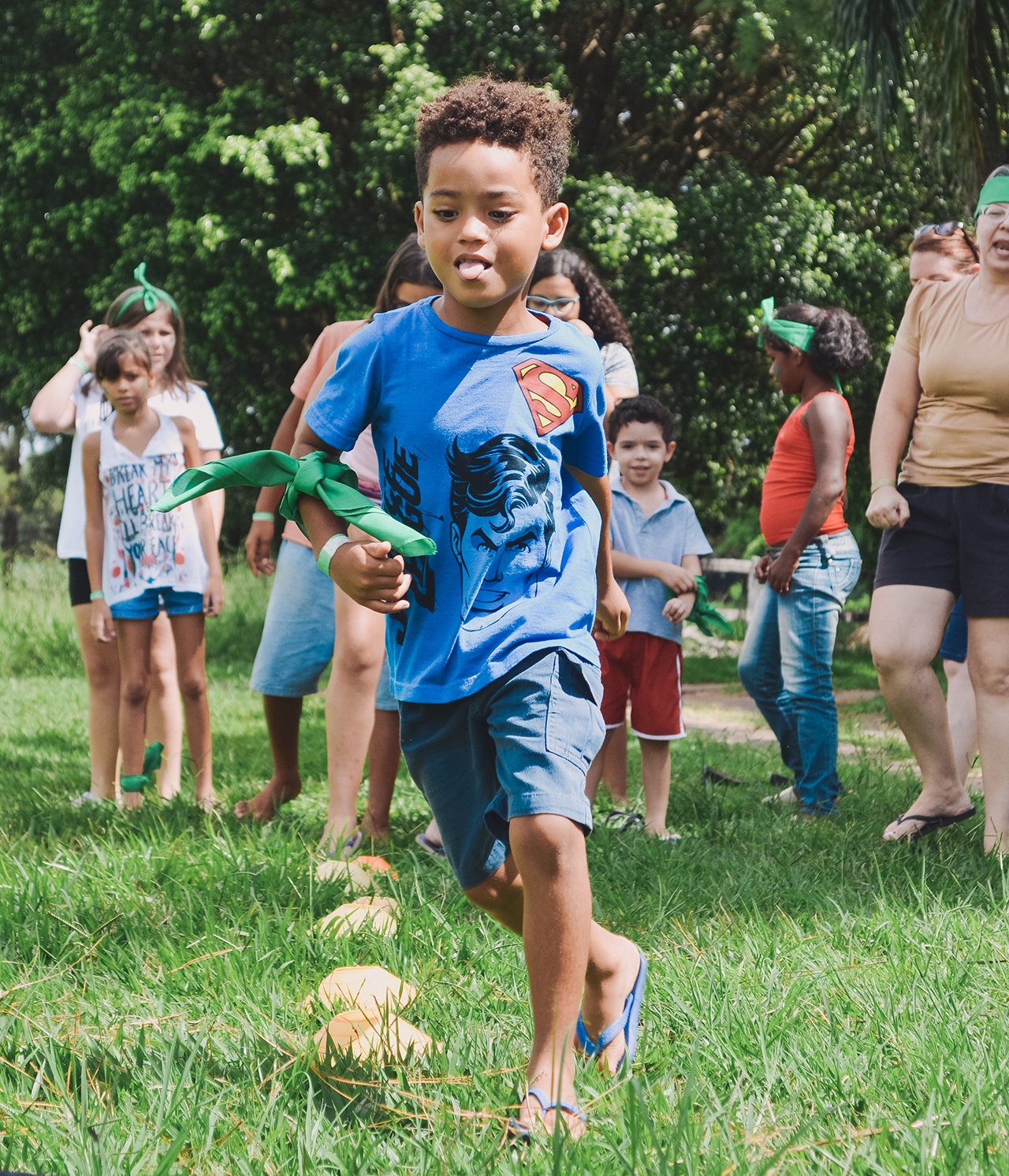It is important to encourage our youth to take an active part in remembrance learning, activities, and events within their schools and communities. A great way to involve students of all grades is to create a school remembrance bulletin board.
Here are some ideas for a bulletin board of your own:
JK/Kindergarten
"Little Poppy" Poem
This is a great way to introduce Remembrance Day to your little ones. Students will practice their listening skills, while developing thinking and social responsibility!
Write out the “Little Poppy Poem” on lined chart paper. Read it aloud to your class. You could also show them a picture of a poppy after you have read the poem and talked about it. Talk about what the poppy looks like, and have children draw their own poppies, developing fine motor skills, mastering the pencil grip, and for encouraging creativity and imagination.
It is great to introduce the poppy at this age, as a symbol of remembrance and thanks.
Primary Grades
Sight Word Poppies
This is a great way to introduce new language to younger students, and also to carry the theme of remembrance and thanks throughout your lesson plans. Perhaps read a poem or story that introduces the concepts of remembrance in a fun and educational way. Veterans Affairs Canada has published a few fun activities for kindergarten to Grade 2, to view them click here.
Once you have read the poem or story, identify new words. Choose 5-10 for your spelling words this week. Next, have students print out one of those words on an outline of a poppy, colour it in, and cut it out! Display your new words on the remembrance bulletin board. The students will feel proud of their work and proud to share their expanding vocabularies!
Junior Grades
Artful Interpretations
Read a few poems and stories about Remembrance Day. Discuss the themes explored in these poems and stories. Discuss what they know about Remembrance Day and what this day means to them.
Once you have finished your discussion, have them create artwork that showcases their own interpretations of Remembrance Day. The image pictured here, for example, is how a student interpreted Remembrance Day. It looks like the maple leaf of the Canadian Flag has been filled in with fingerprints, that have been made into poppies. It touches on the themes of one nation, that all of us should remember and give thanks, and highlights poppies as a symbol of the day.
Have the students explain their work, then display on your remembrance bulletin board.
Intermediate Grades
Postcards for Peace
Postcards for Peace provides an opportunity for youth to send postcards to express messages of thanks to those who served Canada in times of war, military conflict and peace or to still-serving Canadian Armed Forces members.
This learning activity allows youth to actively remember the sacrifices and achievements of Canadian Veterans.
You can download the lesson plan from the Veterans Affairs Canada website, here.
Post a pocket on the school’s Remembrance bulletin board as an invitation for students to write messages of thanks and put them in the pocket. Then, collect up the messages and mail them off!
BLOG FAQ
Engaging Youth in Remembrance Learning and Activities
-
How can I introduce Remembrance Day to young children, such as those in JK/Kindergarten? A great way to introduce Remembrance Day to young children is through the "Little Poppy" Poem. By reading the poem aloud and discussing its meaning, children can learn about the significance of the poppy as a symbol of remembrance and gratitude. They can then engage in drawing and fine motor activities to create their own poppies, fostering creativity and imagination.
-
What activities can I incorporate into lessons for primary grades to reinforce the theme of remembrance? For primary grades, consider incorporating Sight Word Poppies into your lesson plans. After reading a poem or story about remembrance, identify new words and have students print them on poppy outlines. This activity not only expands their vocabulary but also reinforces the theme of remembrance in a fun and educational way.
-
How can I encourage junior grade students to express their understanding of Remembrance Day through art? Junior grade students can explore their interpretations of Remembrance Day through artful expressions. After discussing poems and stories about Remembrance Day, have students create artwork that reflects their understanding and emotions about the day's significance. Displaying their artwork on the remembrance bulletin board allows students to share their perspectives with others.
-
What is Postcards for Peace, and how can it be incorporated into intermediate grade lessons? Postcards for Peace is an initiative that allows youth to send postcards expressing gratitude to Canadian Veterans and Armed Forces members. Incorporate this activity into intermediate grade lessons by providing students with the opportunity to write messages of thanks on postcards. Create a pocket on the school's Remembrance bulletin board where students can deposit their postcards, fostering active remembrance and appreciation.
-
Where can I find additional resources and lesson plans for teaching about remembrance? Additional resources and lesson plans for teaching about remembrance can be found on the Veterans Affairs Canada website. Explore their published activities and lesson plans tailored for different grade levels to enhance your remembrance learning initiatives in the classroom.


